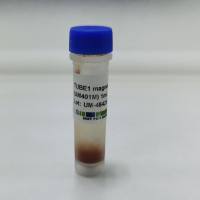In recent years there has been considerable progress in the availability of tests to assess platelet function (1 ). The gold standard of platelet-function testing, “platelet aggregometry,” was invented in the 1960s and has provided a vital research and diagnostic tool. However, because of the comparatively low shear conditions under which platelets are aggregated, the test does not accurately simulate in vivo platelet adhesion. In response to this problem a number of researchers have developed tests in an attempt to mimic or simulate in vivo platelet adhesion and aggregation. Many of these techniques remain as specialized research tools because of their inherent complexity; however, some tests have been developed into commercial instruments (1 ). In 1985 Kratzer and Born (2 ) developed a prototype instrument, the “Thrombostat-4000,” which simulates high-shear platelet adhesion and aggregation. In the mid-1990s, Dade/Behring (Deerfield, IL) further developed the test into a commercially available instrument called the platelet function analyzer, or PFA-100� (3 ,4 ). Compared to most platelet function tests the PFA-100 is simple and rapid, and requires less training. However, as with other laboratory tests of platelet function, good PFA-100 practice guidelines and a number of quality control procedures are required to ensure optimal performance and data interpretation. This chapter will focus mainly on these issues and also on how to interpret PFA-100 data. Although general experience with the instrument is increasing, there is still a need to standardize platelet testing methodology with incorporation of the test into normal laboratory practice.






